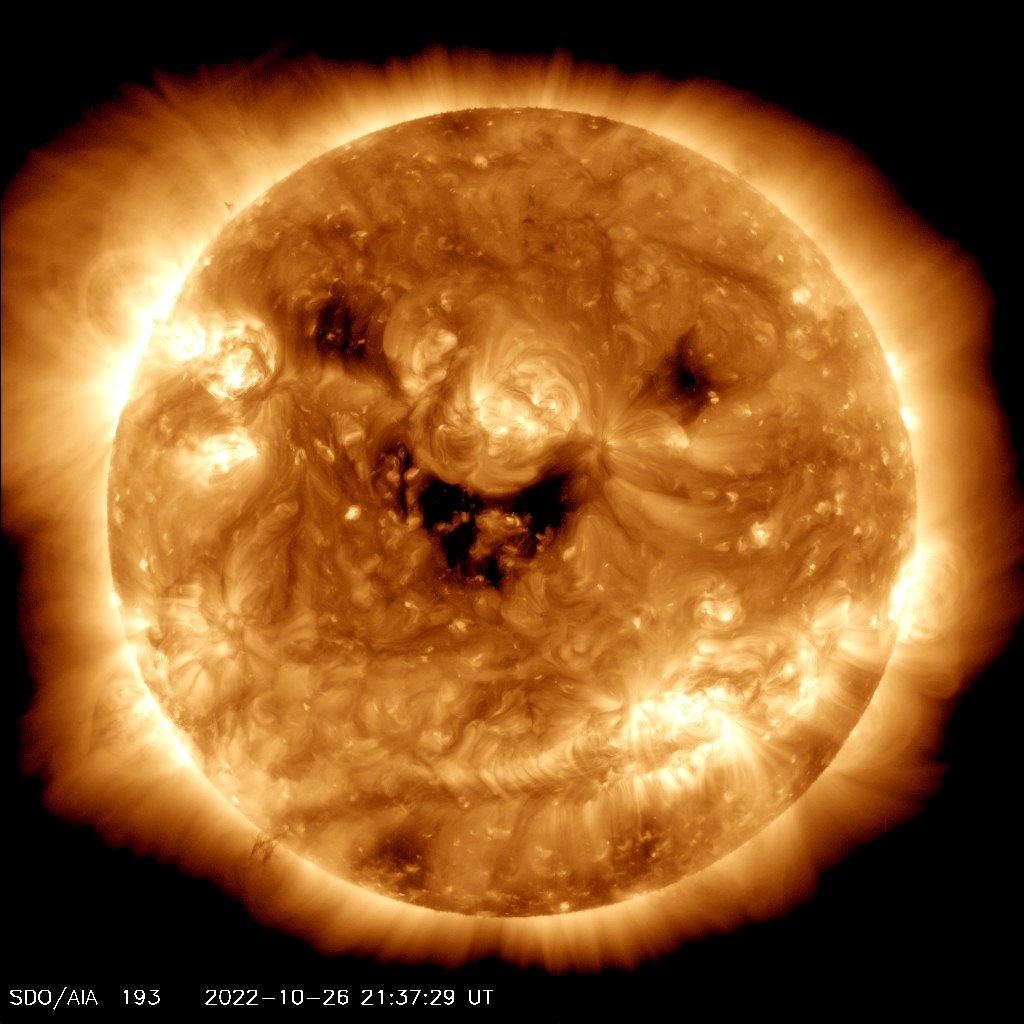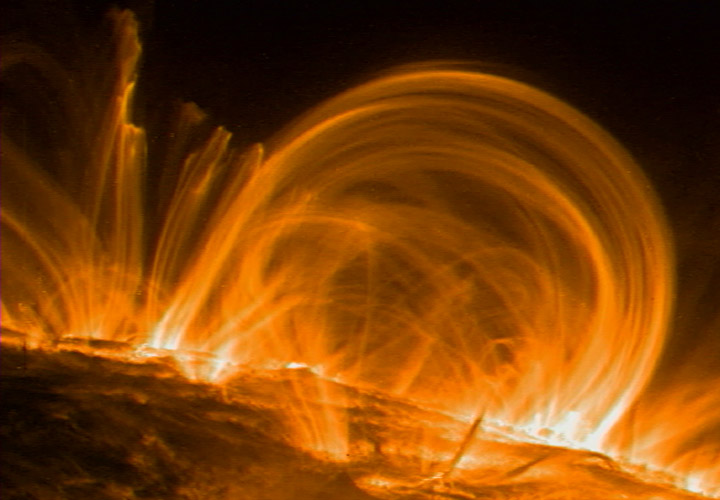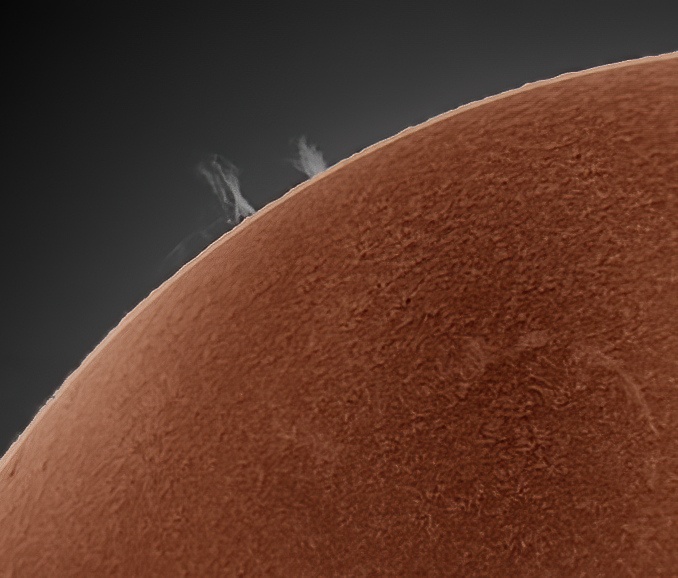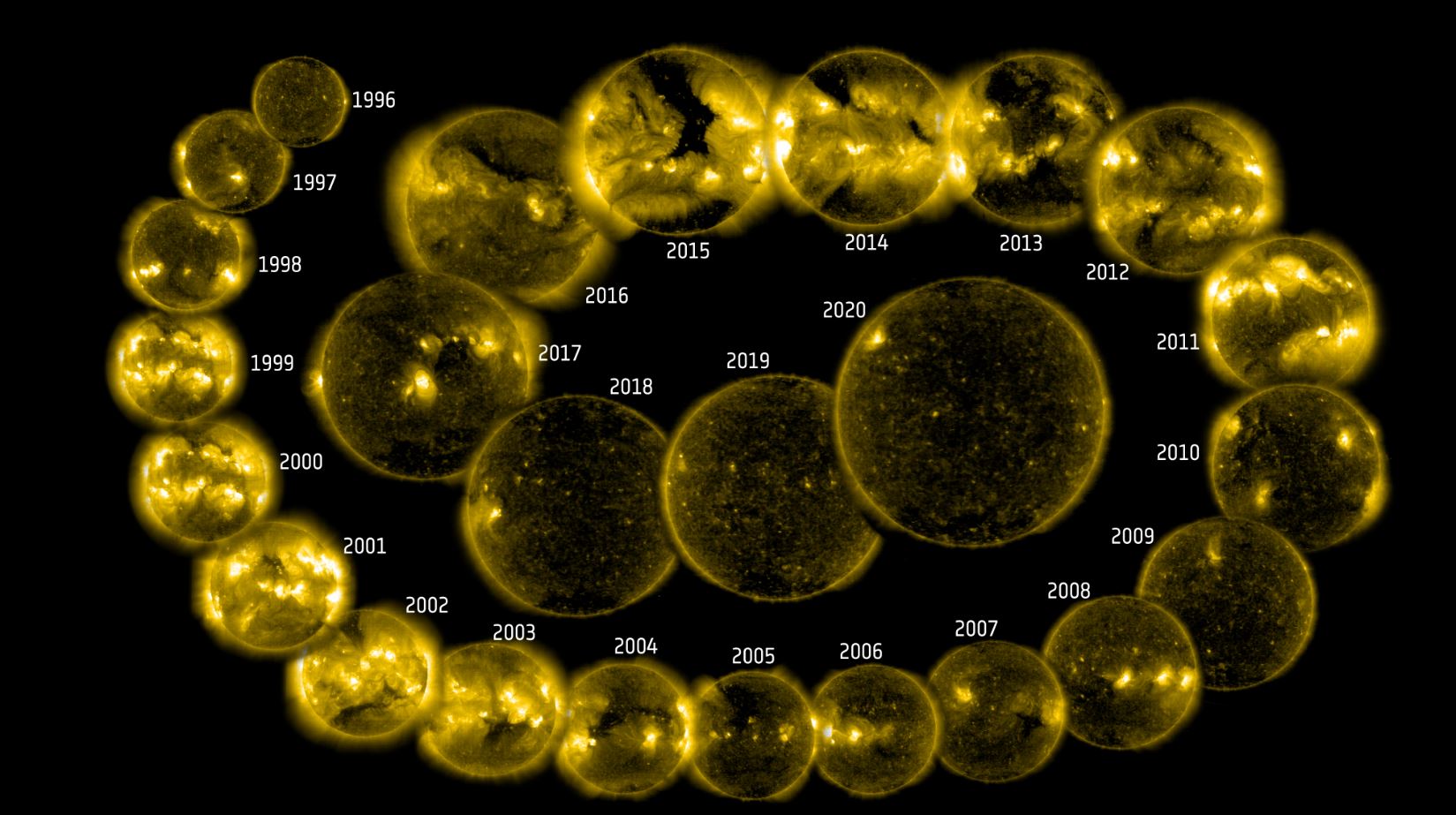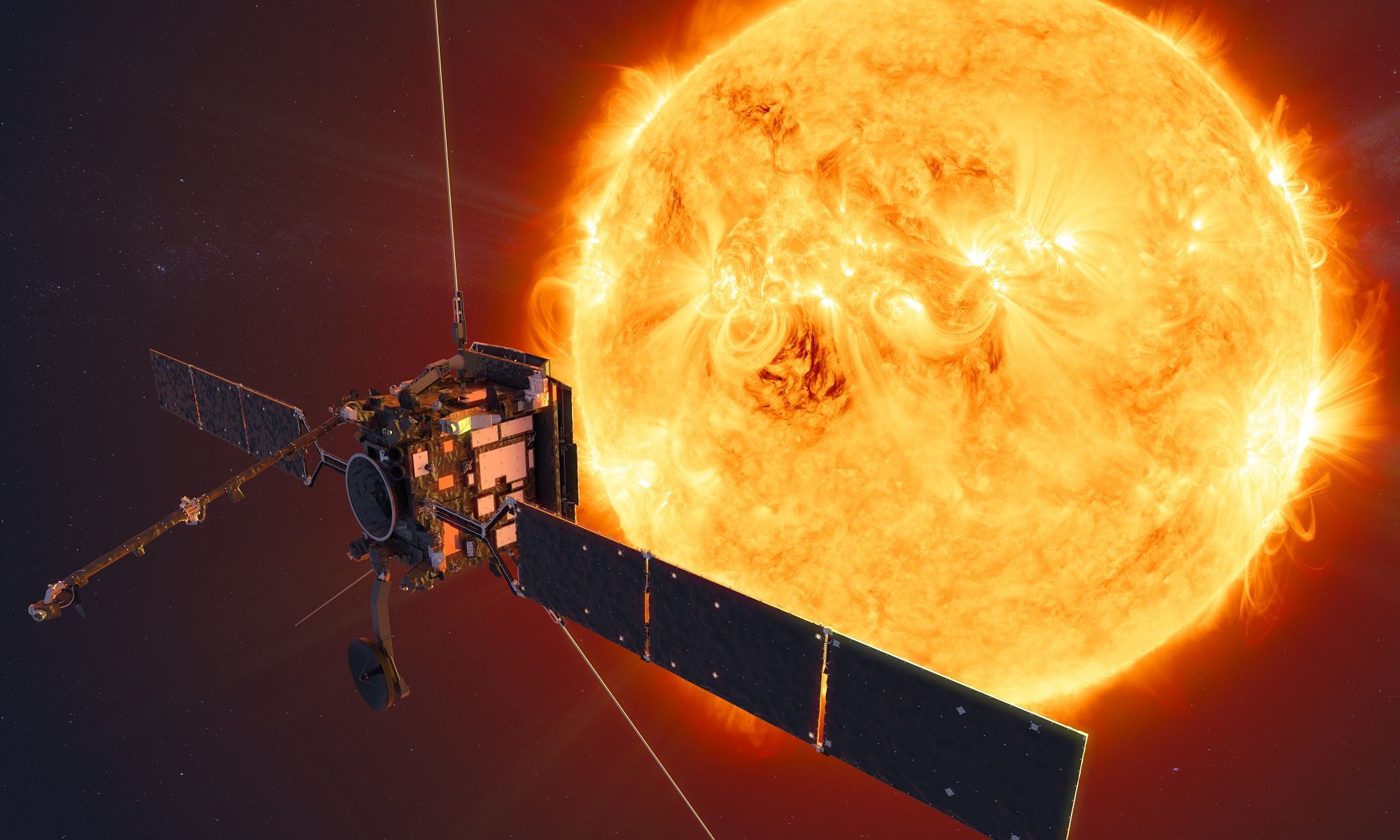Our Sun is one of the most fascinating objects in the universe and photographing it with specialized equipment to capture its splendor and beauty has become increasingly more common around the world. This is most evident with the work obtained by renowned astrophotographer, Andrew McCarthy (@AJamesMcCarthy), who owns Cosmic Background Studios in Florence, Arizona.
On July 27, 2024, McCarthy posted an image of the Sun on X (formerly known as Twitter) taken with his specialized equipment designed to safely photograph our life-giving star, which revealed active coronal loops and plasma within the solar chromosphere that are some of the many intriguing features of the Sun. However, McCarthy is quick to mention in his post that this image isn’t entirely genuine, but a combination of several attributes.
Continue reading “Coronal Loops-Digital Art Combination Captures Power of the Sun, Rendered by Andrew McCarthy”



